What to know
- ChatGPT and Bard differ greatly when it comes to their underlying architecture and training models, the ability to code, pulling real-time information from the web, as well as their unique features.
- Depending on the scenario, users can use both ChatGPT and Google’s Bard for different tasks.
- In a head-to-head comparison, ChatGPT takes the lead over Bard in key areas. However, Bard is full of surprises as well.
In the battle of the Chatbots, the end-user is the ultimate winner. So, instead of picking sides, let’s talk about the main differences between OpenAI’s ChatGPT and Google’s Bard. From their underlying neural architecture to their features, this article will explore the finer points between the two, what sets them apart, what does them in, and which one should you use based on what you want out of them. Let’s begin.
What are ChatGPT and Google Bard
ChatGPT is an AI chatbot, the first of its kind, developed by OpenAI – the company behind DALL.E and GPT-4, the most sophisticated large language model (LLM) out there. First released in the fall of 2022, ChatGPT has gained enough traction to become a household name, garnering millions of users in the first few days of release, and continues to develop new features and capabilities as its underlying GPT architecture improves.
Bard, on the other hand, is Google’s horse in the AI chatbot race. Although its parent model LaMDA has been in development for a while, Google has only released Bard (currently only for waitlisted users to experiment with) to combat the rising power of ChatGPT and GPT-4 powered Bing.
Related: How to Talk to ChatGPT
5 key differences between ChatGPT and Google Bard
Let’s take a look at the key areas where the two AI chatbots differ (and how you can benefit by using one over the other). We have tabulated the key differences for you to check out at a glance:
| Feature | ChatGPT | Bard |
| Architecture and Training | GPT-4, Large training data, including books, articles, and the world wide web. |
LaMDA, Relatively smaller training data |
| Real-time information | No; Knowledge cut-off date is September 2021 | Yes, can pull real-world information from Google |
| Coding | Yes | Not functional yet |
| Response Drafts | No | Yes |
| Additional features and Usability | Dark Mode, Chat history in the sidebar, Image inputs with ChatGPT Plus |
Prompt history on the ‘My Activity’ page, Google search function in Chat |
1. Architecture and Training
All of the magic of AI chatbots is found in their underlying architecture and language learning models. ChatGPT uses the Generative Pre-trained Transform technology (GPT), which is the largest language learning model in existence today. Needless to say, the sophistication of the GPT technology is unparalleled in its generation of human-like responses. The corpus of data that ChatGPT is trained on is also substantially bigger and includes everything from books to research articles to the world wide web. ChatGPT can understand and generate engaging and creative responses even for the most complex topics.
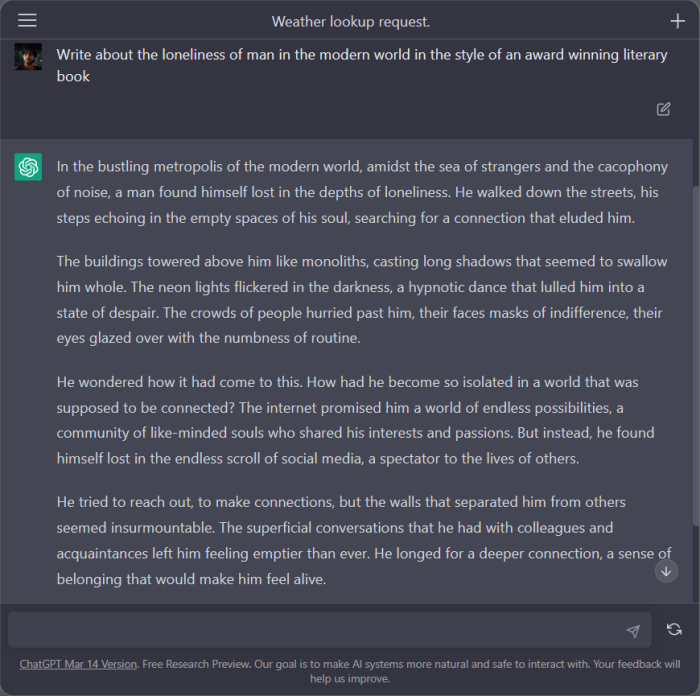
Google’s Bard has a different way of doing things. BARD (or Binary Augmented Retro-Framing) is a language model that is based on another one of Google’s language models, LaMDA. The only thing that separates the two language models is that Bard is designed to be a better conversationalist that can provide engaging and informative responses, though it’s still in the early stages of development. Bard’s training set is also smaller than that of ChatGPT and has primarily included conversational data to help it give the semblance of generating human-like responses.
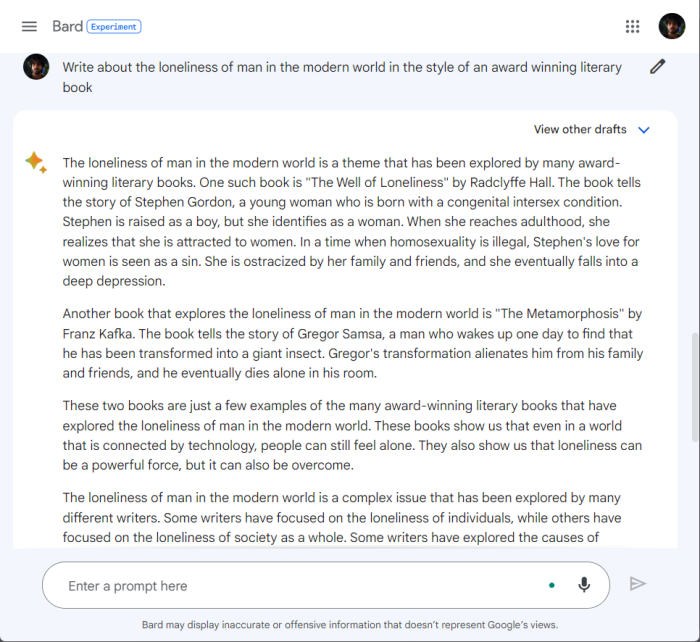
If you’re looking to get information on a wide range of topics, in a variety of styles and difficulty levels, that is simultaneously creative and informative, ChatGPT is your best bet.
Score: ChatGPT – 1, Bard – 0
Related: Is ChatGPT Plagiarism?
2. Real-time information
This is one area where Google’s Bard is already ahead of the game. The fact that Bard is connected to Google and can pull information from the web in real-time gives it a clear advantage over ChatGPT which still thinks it’s September 2021.
Not only can Bard update you on current affairs, but it also lets you google your query from within the chat itself. So if you’re not satisfied with Bard’s response, simply click on “Google it” and it will show you related topics to search.
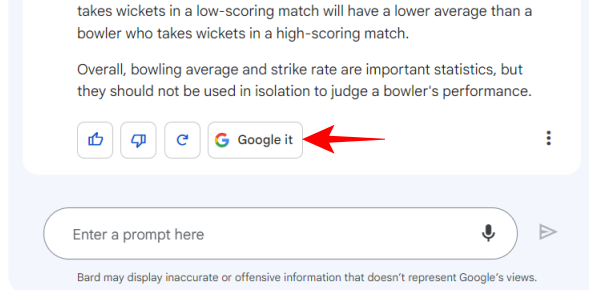
With the introduction of ChatGPT plugins, the playing field has evened out a bit, allowing ChatGPT to access real-world information in certain cases. But it’s still nothing compared to what Bard is offering.
Score: ChatGPT – 1, Bard – 1
Related: How to Get Started with Google Bard
3. Coding
The ability to code on the fly is ChatGPT’s greatest strength. Thanks to its large corpus of data – which includes knowledge of programming languages – it can understand and parse written code, as well as write code in HTML, Java, C++, PHP, Ruby, Swift, etc. Though it’s far from being the perfect code generator, ChatGPT gives users the capacity to generate readymade codes with a simple prompt.
Bard, on the other hand, is well behind in this department. Its coding prowess is severely limited (though it will still try) and its codes may also produce erroneous results. That is not to say that ChatGPT does flawless coding. But in comparison to Bard, it is miles ahead. With the GPT-4 powered ChatGPT Plus, the results tip further still in its favor until the two become virtually incomparable. Safe to say that if coding is what you want your AI chatbot to be able to do, ChatGPT is it!
Score: ChatGPT – 2, Bard – 1
Related: How to Remove ChatGPT Restrictions and Get Restricted Answers
4. Response Drafts
This is a curious feature on Bard that has got everyone’s attention and deserves a category of its own. When responding to a prompt, Bard provides two other response drafts, apart from the one chosen as the final response, for users to check out.
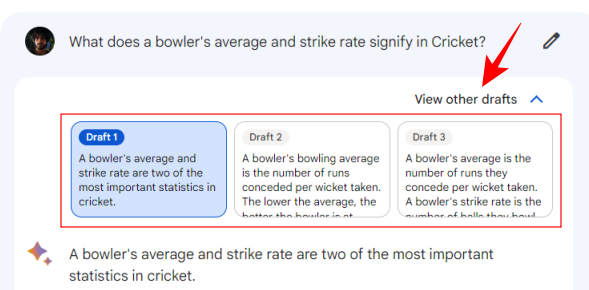
Also known as AI branching, the additional response options provide unique paths to go down when chatting with Bard. But it also makes Bard’s responses feel less authoritative and more speculative. Nevertheless, the options are there for you to exploit, depending on what you’re using Bard for.
The fact that no such feature exists on ChatGPT yet means that the response you get will be the definitive one, though with no real wiggle room for anything else. If you’re not satisfied, the ‘Regenerate response’ button is your friend.
If you’re looking for multiple responses to choose from, then Bard is the only AI chatbot in town that’s capable of that.
Score: ChatGPT – 2, Bard – 2
Related: What Is Dan on ChatGPT and Is It Safe to Use?
5. Features and Usability
Lastly, let’s consider the main features and the overall usability of ChatGPT and Bard. Both ChatGPT and Bard have a fairly intuitive user interface with options to like, dislike, or regenerate responses. Both chatbots save your chat history, however, ChatGPT saves entire conversations in the sidebar while Bard only saves the prompts that are stored in your Google account’s my activity page.
ChatGPT has a Dark mode as well, much to the envy of Bard, though the latter has better aesthetics on the whole. ChatGPT has a subscription-based ChatGPT Plus plan that works on the latest GPT-4 technology which allows it to work with image inputs as well. For that alone, we consider ChatGPT to be the superior of the two in this category.
Score: ChatGPT – 3, Bard – 2
Given how young these AI chatbots are, with Bard still in its infancy, it’s no less than a privilege to see them develop over time and acquire unthought-of capabilities. Both OpenAI and Google are gearing in for the long haul and the coming months will be even more exciting as new features are developed and fine-tuned.
As per our comparison, we found ChatGPT to be the better of the two, and rightly so. Nevertheless, both these chatbots can be used side by side for a variety of different tasks and functions. How will you use the power of not one, but two AI chatbots and all their comparable capabilities at your disposal?
Related: How to Clear History in Bard


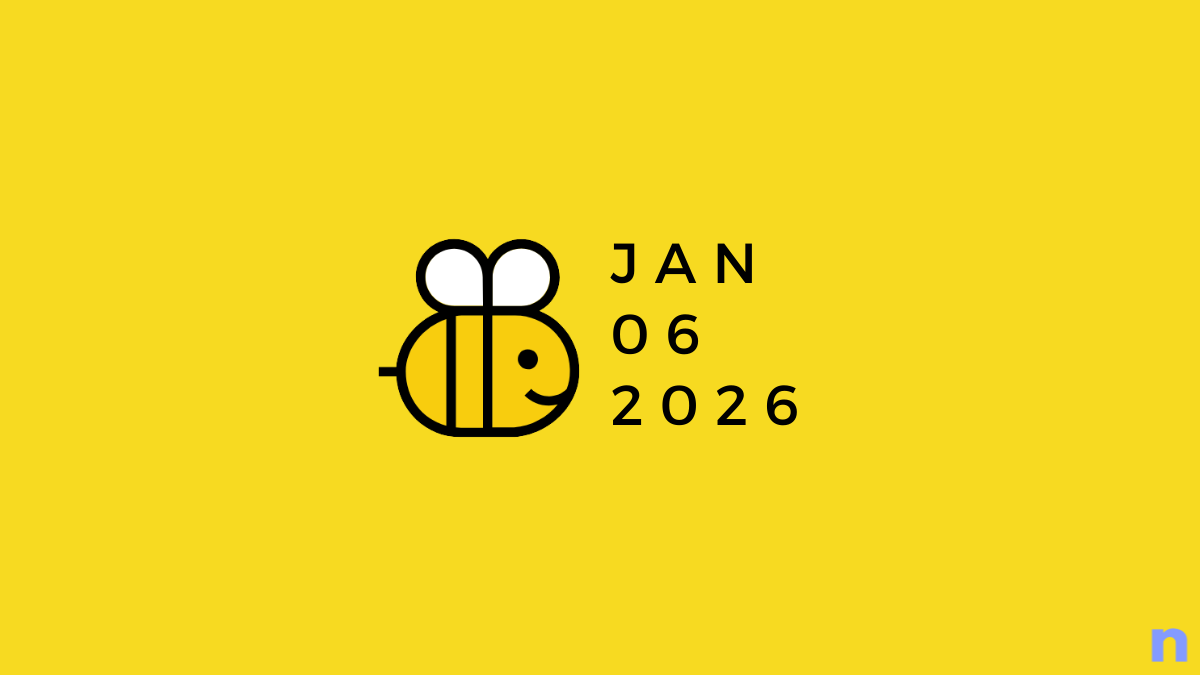


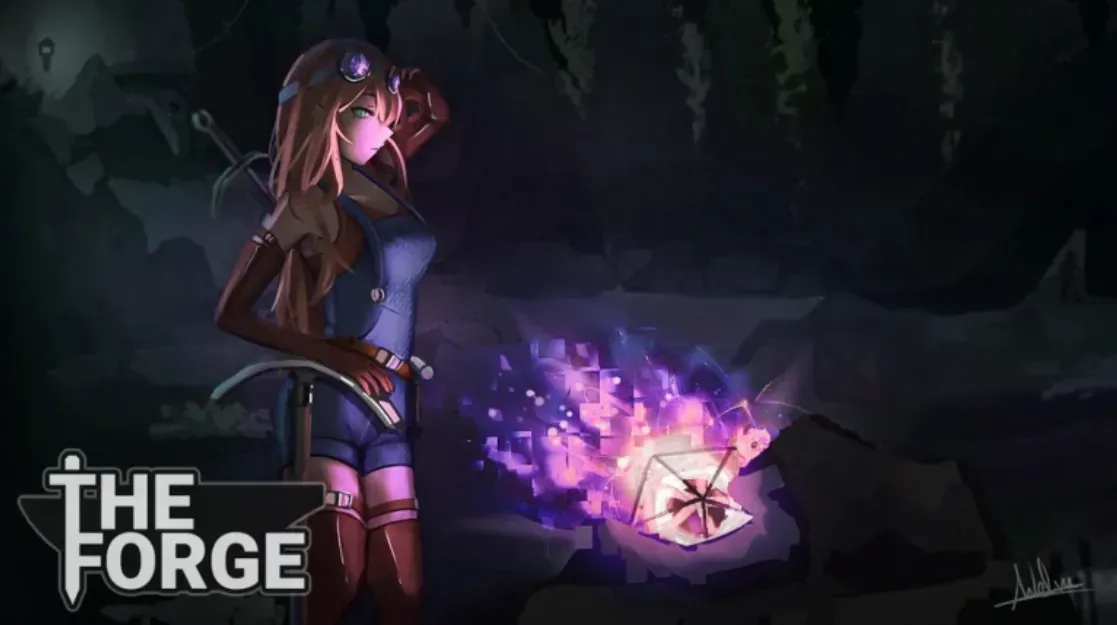




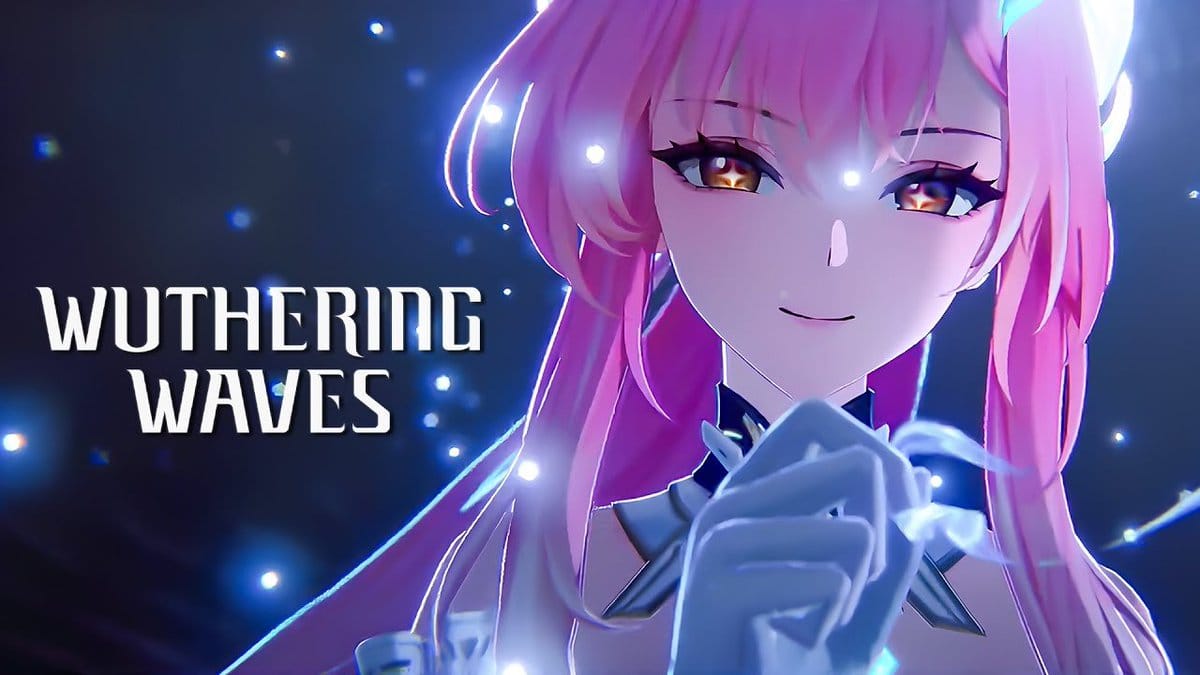

Discussion